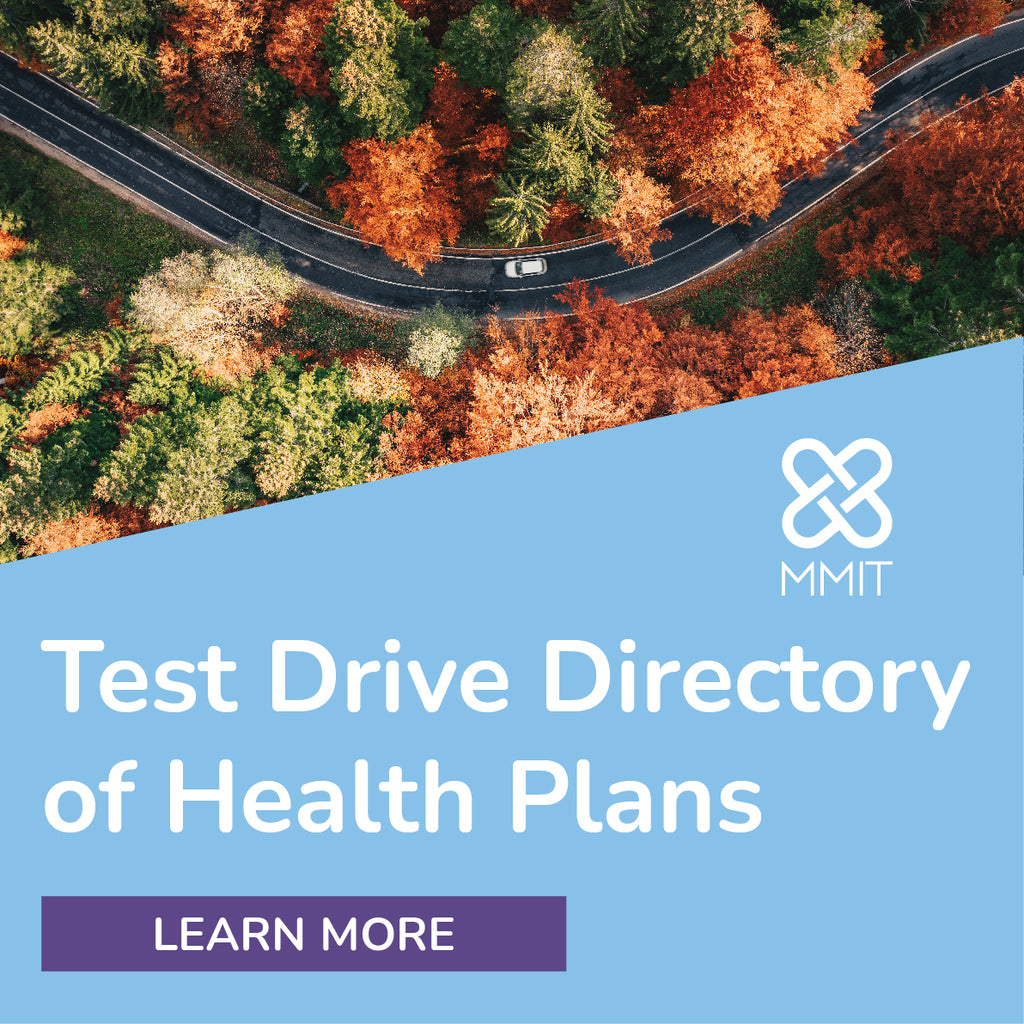Spotlight on Market Access
-
Lilly’s Ebglyss Brings Another IL-13 Inhibitor to Atopic Dermatitis Treatment
Last month’s FDA approval of a drug to treat atopic dermatitis brings a new agent to a growing class of medications that payers say they consider a high priority to manage.
On Sept. 13, the FDA approved Lilly’s Ebglyss (lebrikizumab-lbkz) for the treatment of people at least 12 years old who weigh at least 40 kg with moderate-to-severe atopic dermatitis that is not well controlled despite treatment with topical prescription medications or when those medications are not advisable. Dosing for the interleukin-13 (IL-13) antagonist is 500 mg via two 250 mg subcutaneous injections at weeks zero and two and then 250 mg every two weeks until week 16 or later, when an adequate clinical response is achieved. At that point, maintenance dosing is 250 mg every four weeks. The drug’s wholesale acquisition cost (WAC) is $3,500 for a 250 mg/2 mL single-dose prefilled pen or prefilled syringe.

-
MA Experts View Harris’ ‘Medicare at Home’ Proposal With Hope, Reservation
In a late-stage effort to pump up her health care platform and potentially sway senior voters and their "sandwich generation" caregivers, Vice President Kamala Harris unveiled a plan to bolster the Medicare program by introducing a “Medicare at Home” benefit while also adding hearing and vision coverage to traditional, fee-for-service (FFS) Medicare. The proposal drew a great deal of optimism from senior advocates and industry observers, but its potential $40 billion price tag caused supporters and skeptics alike to question whether funding such a benefit is truly feasible.
If enacted, it would become a required offering of Medicare Advantage plans, which may be well-positioned to maximize such an opportunity, industry experts tell AIS Health, a division of MMIT.

-
Co-Branding Could Offer Better Formulary Placement, Shift From Rebating
All of the Big Three PBMs have added private-label subsidiaries into their fold that are working closely with some manufacturers. And while industry experts say that the companies offer certain benefits to the U.S. health care system overall, questions about them remain. Still, the entities could offer benefits to their pharma partners, including better formulary positioning and potentially even moving away from rebates.
Two of the companies, both based in Ireland, seem to be mainly, if not exclusively, focused on biosimilars, starting with those of AbbVie Inc.’s best-selling Humira (adalimumab).
-
Flexible CAR-T Monitoring Period Could Help With Post-Treatment Barriers
In the seven years since the approval of the first chimeric antigen receptor T-cell (CAR-T) therapy, the agents have proved to be effective in the treatment of non-Hodgkin lymphoma. But the one-time-use agents come with risks, including the potentially fatal cytokine release syndrome (CRS) and immune effector cell-associated neurotoxicity syndrome (ICANS), so the FDA requires patients remain near their treatment center for four weeks after administration, which can be onerous for patients. But a recent study finds that side effects were rare after the first two weeks post-infusion, perhaps helping lead to less of a burden for patients.
-
Analyses Paint Mixed Picture of Stand-Alone PDP Costs in 2025
Premiums for many stand-alone Medicare Part D Prescription Drug Plans will go up moderately in 2025, while the number of PDP options for beneficiaries will drop significantly, according to AIS Health’s analysis of the recently released CMS Medicare Advantage and Part D landscape files.
The Inflation Reduction Act, passed in 2022, ushered in a host of policy changes to the Part D benefit that will take effect in 2025: Most notably, Medicare Part D beneficiaries’ out-of-pocket drug costs will be capped at $2,000 annually and Part D plan sponsors will be responsible for 60% (up from 20%) of any costs their enrollees incur beyond that cap. As a result, the Medicare Part D national average monthly bid amount (NAMBA) is projected to increase by $115, nearly 180%, to $179.45 in 2025.











